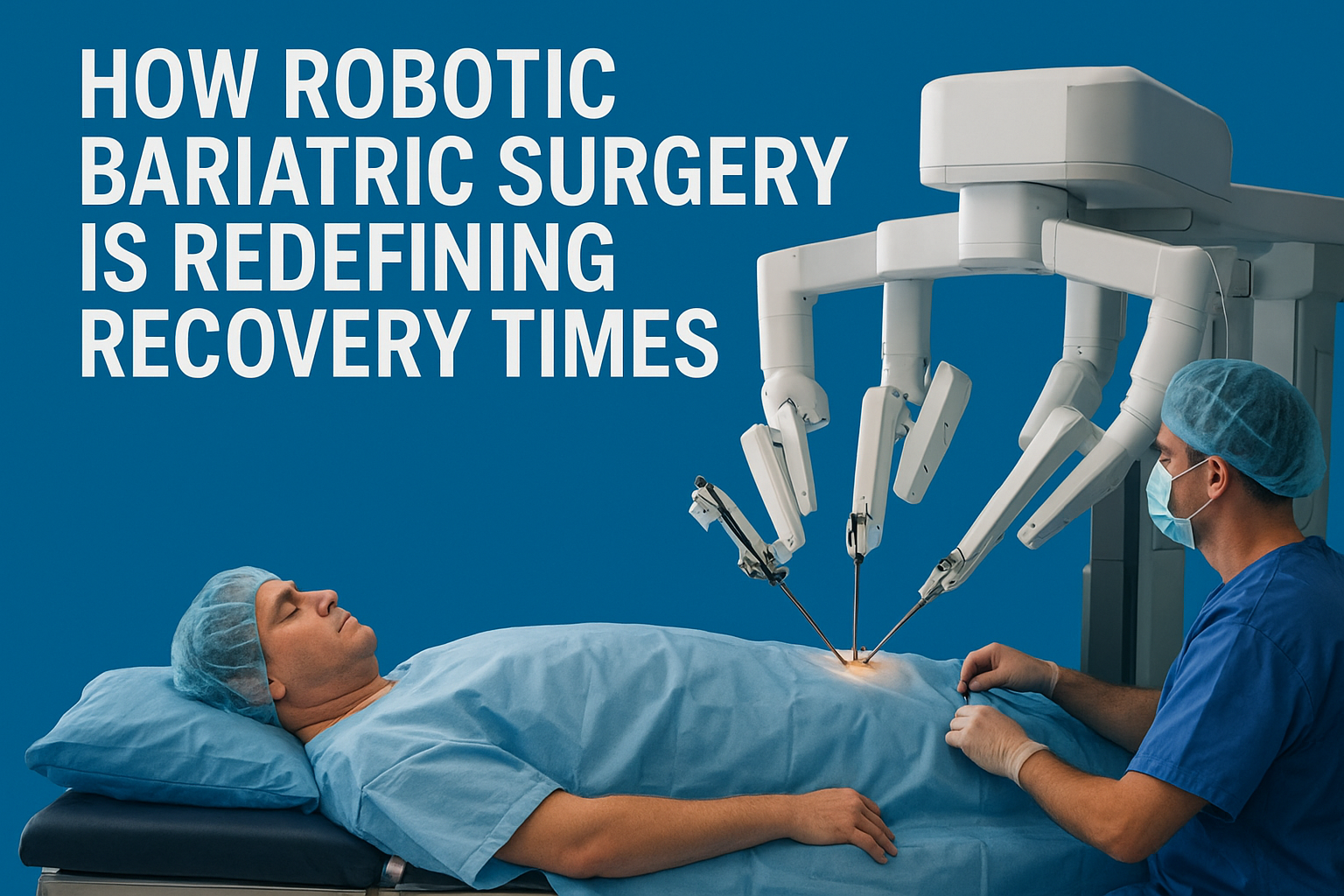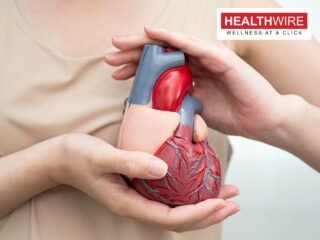Dr Vivek Kulkarni
(MBBS,MS,FMAS,FIAGES, FMBS)
Consultant Robotic and Bariatric surgeon at DPU Super Specialty Hospital, Pimpri,Pune
Over the years, surgery has steadily moved towards becoming less invasive, less painful, and quicker in recovery. Laparoscopic, or “keyhole,” surgery was once considered a revolution because it reduced the need for large incisions. But today, robotic surgery is setting a new benchmark. With smaller cuts, sharper precision, and better patient outcomes, it is rapidly becoming the preferred choice for many surgeons.
One of the main advantages lies in the size of the surgical ports. In Robotic surgery, surgeons usually work with 8 mm ports. By comparison, laparoscopy uses 10 mm ports for the camera and instruments. While the difference may seem small, for patients it means less trauma, smaller scars, and quicker healing.
Another issue often faced in laparoscopic surgery is torque. In obese patients, the presence of excess fat can create strain on instruments, which in turn causes greater discomfort and pain after surgery. Robotic systems are designed to avoid this problem. Meaning patients often experience less pain and an easier recovery.
Robotic instruments also offer unmatched precision. They are built to mimic a surgeon’s hand movements but with far more stability and accuracy. For the surgeon, this means less strain and more control. For the patient, it means fewer changes of instruments during the operation, quicker procedures, and faster recovery afterwards.
Vision is another game-changer. Robotic systems provide an extended 3D view and magnified images of the surgical site. This not only gives surgeons a clearer picture but also allows them to finish procedures in shorter time frames. In narrow or hard-to-reach spaces, robotic arms with their easy maneuverability make a huge difference. Operations on distant organs that might otherwise require a large incision can now completed through tiny entry points. Improving outcomes and speeding up recovery.
This technology has proven especially useful in complex cases such as bariatric surgery revisions. In these patients, the anatomy is often complicated. And adhesions (internal scar tissues) are common. Such challenges can make surgery difficult and risky with conventional methods. Robotic assistance, however, makes the dissection smoother, more precise, and safer ultimately improving patient recovery significantly.
Taken together, the benefits of robotics are clear. Smaller incisions, reduced strain, fewer instrument exchanges, advanced 3D visualization, and smoother navigation in tight areas all contribute to a better surgical experience. For patients, this translates into less pain, fewer complications, and faster return to normal life. For surgeons, it offers greater confidence and ease while performing even the most complex procedures.
Robotic Bariatric Surgery is not just about machines taking over—it’s about enhancing the skills of the surgeon and improving the healing journey for the patient. With each advancement, this technology is moving us closer to safer, faster, and more effective surgeries. As more doctors and patients experience its benefits, robotics is becoming less of a futuristic option and more of today’s reality in operating rooms worldwide.






